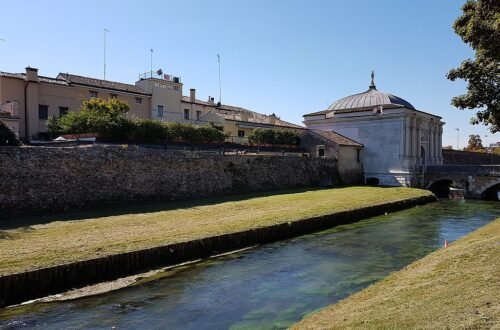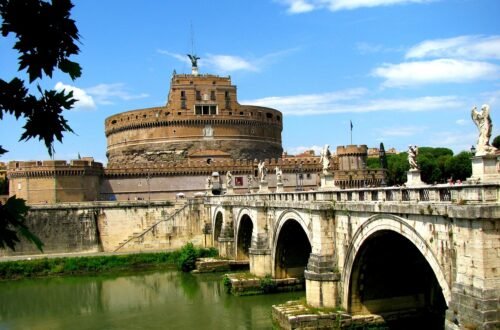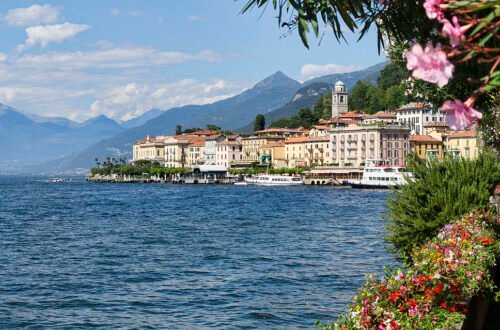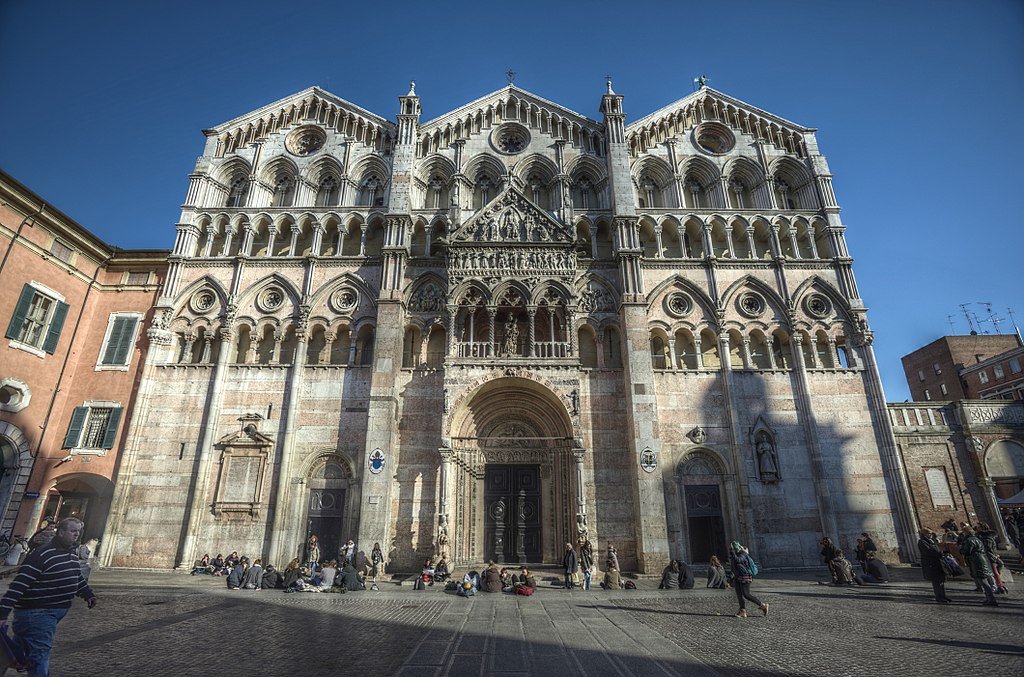
15 Best Things to See in Ferrara (Italy)
Northern Italy’s Emilia-Romagna area contains the wonderful tourist attraction of Ferrara. Ferrara is a fantastic location from which to explore this region of Italy because it has excellent connections to Bologna, Venice, and Ravenna and is only 50 kilometres from the sea. The city, which has a 133,000-person population and serves as the provincial capital of Ferrara, has a strong industrial sector that significantly boosts the local economy. Ferrara has had a significant impact on the history of the nation and is closely linked to the Este family, who dominated Italian politics from the 1400s onward. In 753 AD, there are records of a settlement in Ferrara. More recently, the city joined the unified Kingdom of Italy. Ferrara is a popular tourist destination because it has excellent rail connections to the other major towns in the Emilia-Romagna area and is home to many amazing attractions. Due to its significance and connections to the Este family, Ferrara is home to numerous exquisite historical structures like the Palazzo dei Diamanti, as well as a number of outstanding public areas like the Parco Massari. The River Po also creates a lot of opportunities and makes it possible to explore a larger area. Let’s look at the top activities in Ferrara:
- Parco Massari
- Museo del Risorgimento e della Resistenza
- Palazzo dei Diamanti Art Gallery
- Monastero di S. Antonio in Polesine
- Museo Archeologico Nazionale
- Castle Estense
- Enjoy a pastry and a coffee at the Pasticceria Naturale cafe
- Museo della Cattedrale
- The Cathedral of Saint George
- Take a day trip to Bologna
- Chiesa di San Cristoforo alla Certosa
- Ferrara's City Walls
- Enjoy a fine and authentic meal at the L’antico Giardino restaurant
- The Ferrara Botanical Gardens
- Take a boat trip on the River Po
Parco Massari
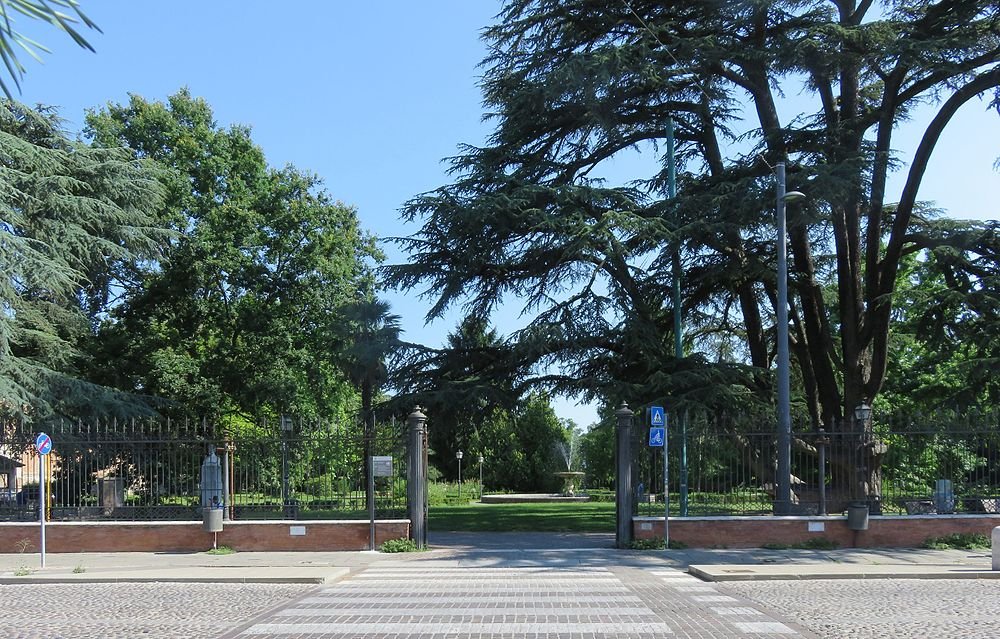
Ferrara has a fantastic medieval town centre, but there are also plenty of lovely public parks and scenic areas to explore. The Chiesa di San Cristoforo alla Certosa and Parco Masari are both located in the town’s northern section. Locals frequently visit this location to unwind or bring their kids on a sunny day, but travellers will also like it here. This park’s grounds include a variety of walks that are shaded by big, old trees, as well as a water feature and a playground for kids. Additionally, the Chiesa di San Christoforo is close by, and the Palazzo Massari is located near the park’s lower end.
Museo del Risorgimento e della Resistenza
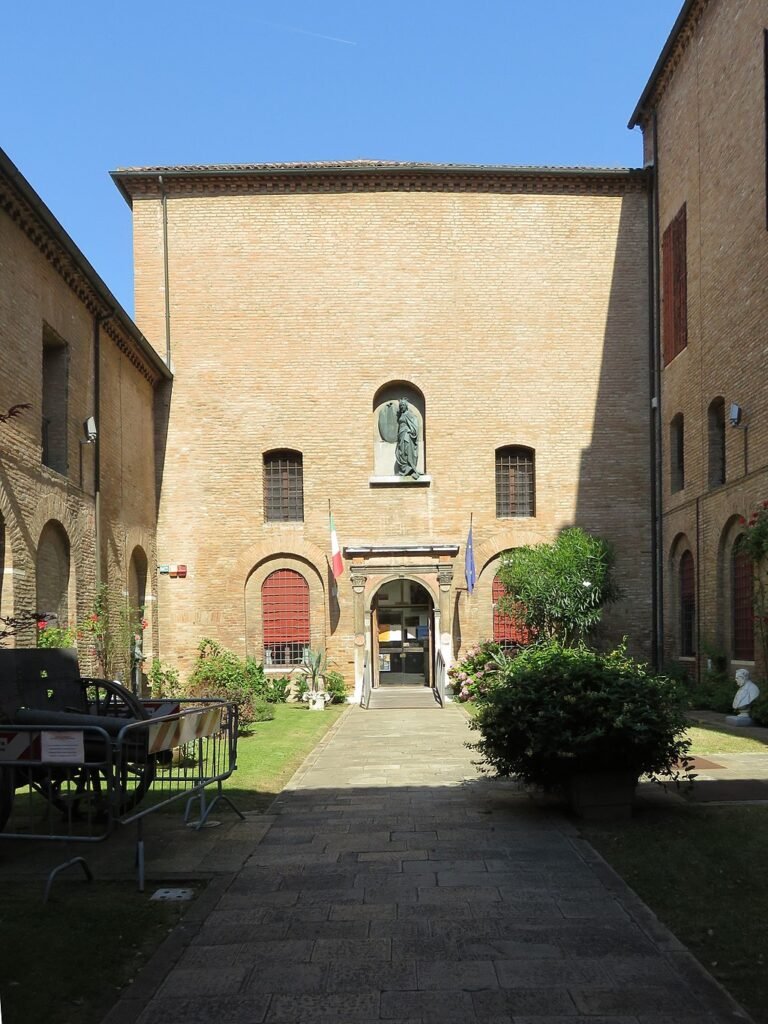
Resistance movements have been established throughout World War II (and, in fact, throughout history) to oppose dictators and their governments. A large number of resistance organisations were formed in Italy during World War II to oppose Mussolini’s fascist rule. The local resistance group in Ferrara and their accomplishments, as well as the activities of the regime during this turbulent time, are honoured at the Museo del Risorgimento e Della Resistenza. A variety of exhibitions and displays tracing the history of the resistance can be found inside the museum, along with numerous artefacts and discoveries from this time period. This is an intriguing location to see for anyone with an interest in World War II and Italy in the 1940s.
Palazzo dei Diamanti Art Gallery
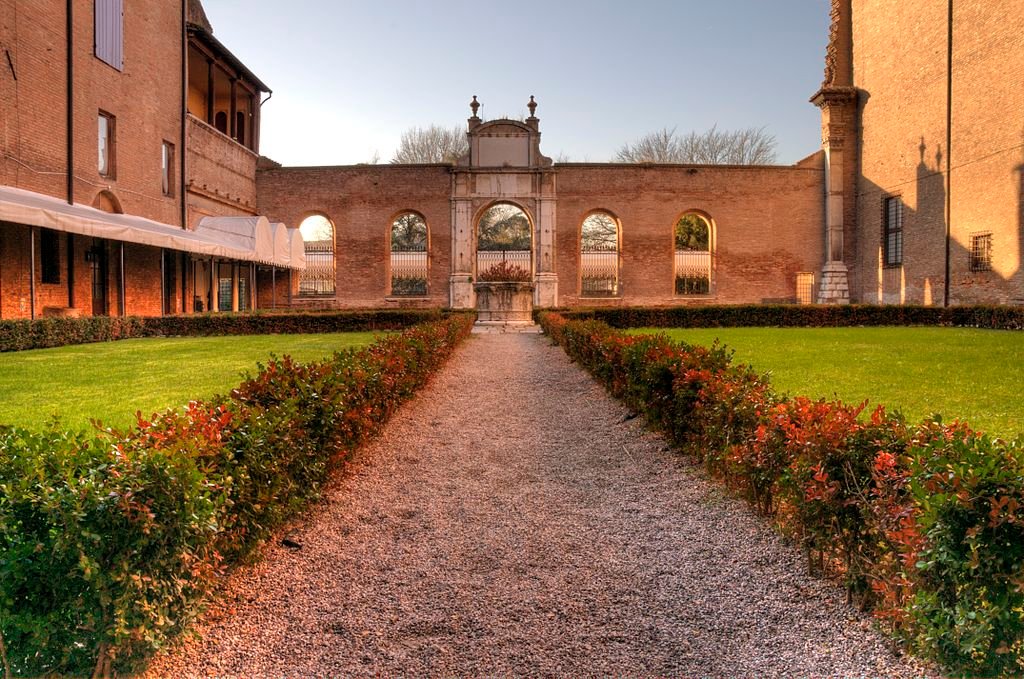
You won’t find any building’s façade quite like the Palazzo dei Diamanti’s front, which is lined with tens of thousands of faceted marble slabs. This amazing building is located adjacent to Parco Massari, so it is best to visit both locations at the same time. A beautiful art gallery is located inside the structure and features pieces from the 13th to the 17th centuries, most of which were created by well-known local artists.
Monastero di S. Antonio in Polesine
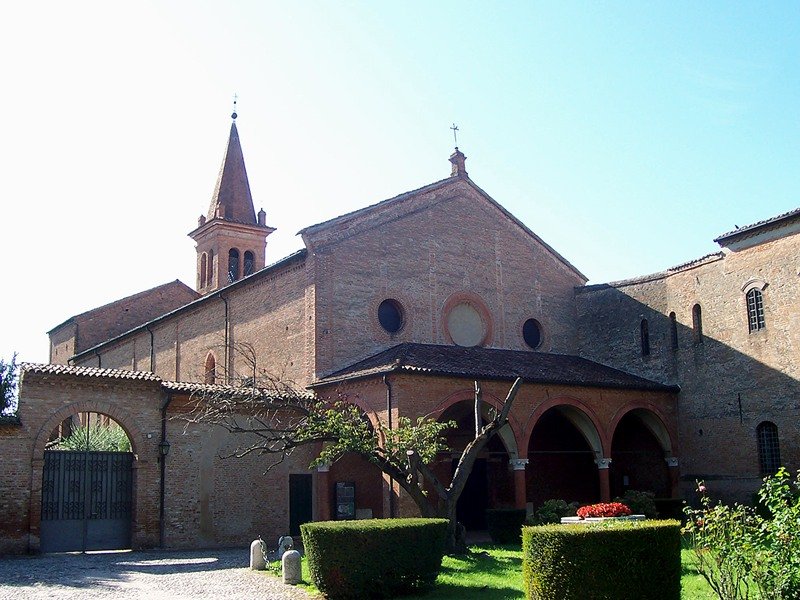
The quaint alleyways that encircle the Monastery of Saint Antonio give you the impression that you are in another time and place. The monastery was built in the 17th century with assistance from the powerful Este family and is still standing today thanks to a committed community of nuns. A number of gorgeous churches with intricate and colourful frescoes may be found inside the complex. Occasionally, the nuns may sing during services; if you have the good fortune to witness this lovely performance, consider yourself lucky.
Museo Archeologico Nazionale
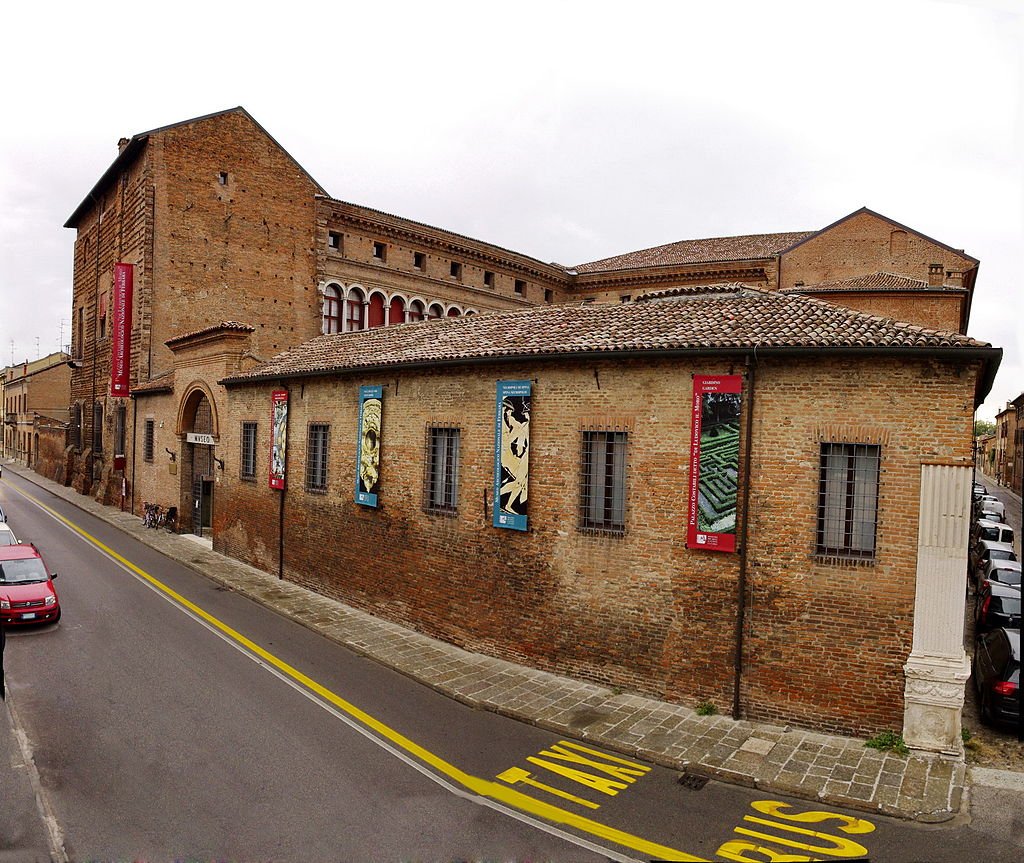
The National Archaeological Museum, housed within the walls of a historic palace, is a magnificent structure with a lovely planted garden at its back. On Via XX Settembre, in the southern section of the ancient town centre, is where you may locate this interesting location. This museum’s spectacular fresco collection and interior architecture are its first standout features. The building still has many of its original fittings and designs, and it is a magnificent edifice in and of itself. In addition to this, the museum houses a wide variety of archaeological artefacts, mostly from the nearby ancient site of Spina. Vases, porcelain, gold and silver jewellery, and even two vintage sailing boats were among the items.
Castle Estense
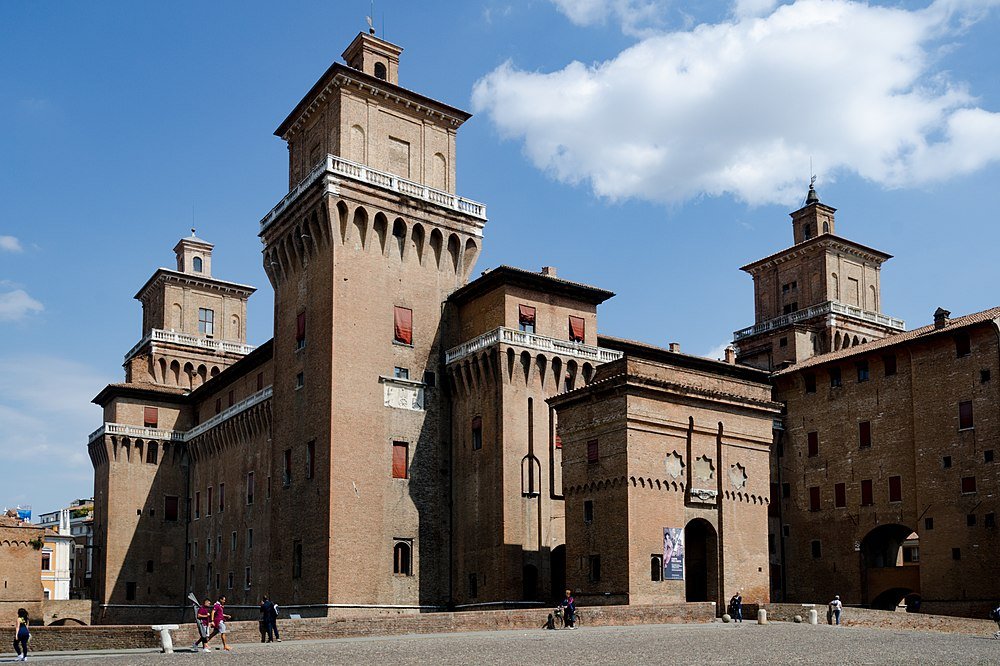
This stunning building, also known as the Castle of Saint Michael, has stood since the Middle Ages and is incomparably picturesque. Castle Estense, which is totally encircled by a moat and lies on its own island in the middle of the ancient old town, is situated there. The four guard towers in this complex’s impressive construction rest perfectly on the water. This castle, which was constructed in the 14th century, has served as a representation of Ferrara’s dominance for hundreds of years. Today, you may stroll around the moat and take in the stunning view outside, but you may also go inside the castle. The spectacular castle’s walls contain a number of ornately adorned rooms, including the Dungeons, the Ducal Chapel, and the Chamber of Dawn.
Enjoy a pastry and a coffee at the Pasticceria Naturale cafe

The Pasticceria Naturale, which is close to Parco Massari and the Botanical Gardens, is the ideal location for enjoying coffee and a sweet treat. Along with a delectable selection of freshly created pastries and desserts, this quaint cafe also serves a broad variety of coffees and juices. The welcoming and accommodating staff attend to all of your needs and make your stay unforgettable. This is a nice place to escape the throng and unwind for 20 minutes with a drink and some food.
Museo della Cattedrale
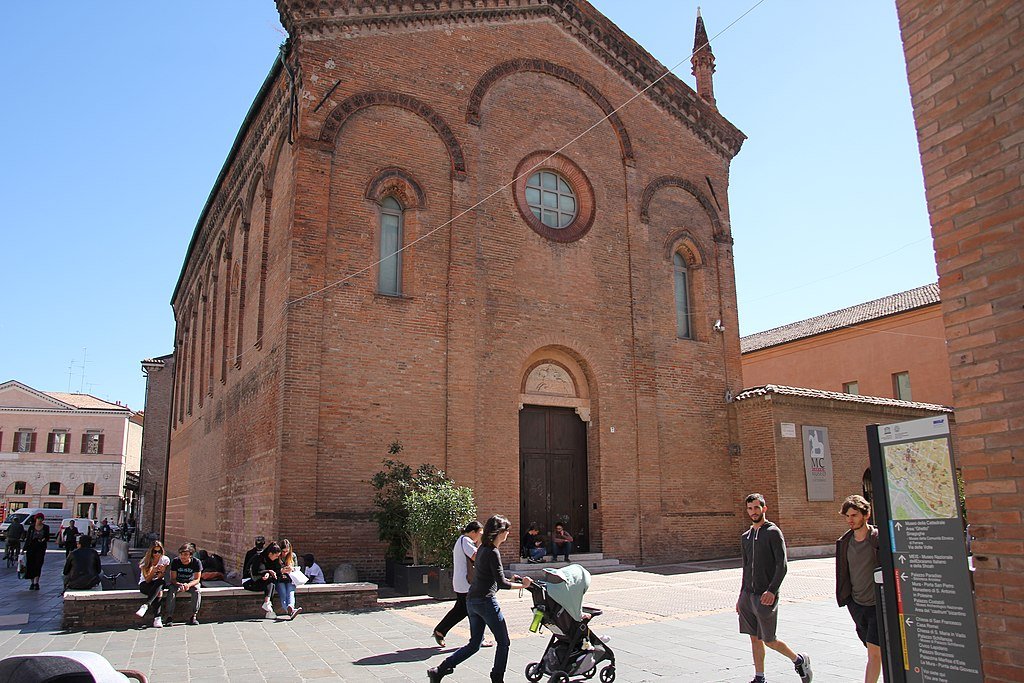
Although connected to the Cathedral of Saint George, a visit to the Cathedral Museum is highly recommended since it is a magnificent destination in and of itself. This enlightening museum offers a fascinating glimpse into the past of Ferrara’s Cathedral and other places of worship, as well as a look at how this city thrived during the Renaissance. A variety of exquisite religious artwork, artefacts, and relics, such as organ pieces, service books, and altar crucifixes, can be found here. A stunning courtyard with a number of elaborate arches and a historic well is located in the middle of the museum.
The Cathedral of Saint George

This magnificent building, better known as Ferrara Cathedral, is recognised for its exquisite architecture and interior design. This beautiful structure is located in the centre of Ferrara’s UNESCO-designated historic centre, and the square where it stands is home to a number of other fascinating structures. Romanesque and Renaissance architectural elements are combined on the cathedral’s front face, which also boasts a number of elaborate decorations and arches. The interior decoration of the church is incredibly stunning and rivals that of some of Italy’s most well-known temples. Rich artwork, religious reliefs, and frescoes by numerous Renaissance artists adorn the ceiling, walls, and domes.
Take a day trip to Bologna

The stunning city of Bologna may be found if you drive 30 minutes south of Ferrara. The A13 road provides swift and dependable transit between these two significant cities in the Emilia-Romagna area, and regular trains run between the two cities. Bologna is renowned for its remarkable collection of medieval towers and its extensive network of sweeping arcades. It has a long and illustrious history. The Due Torri, two distinctive towers that have stood for hundreds of years, the Piazza Santo Stefano, and the unique Anatomical Theatre are just a few of the notable locations in this interesting city. Why not travel to Bologna after you have thoroughly experienced Ferrara?
Chiesa di San Cristoforo alla Certosa
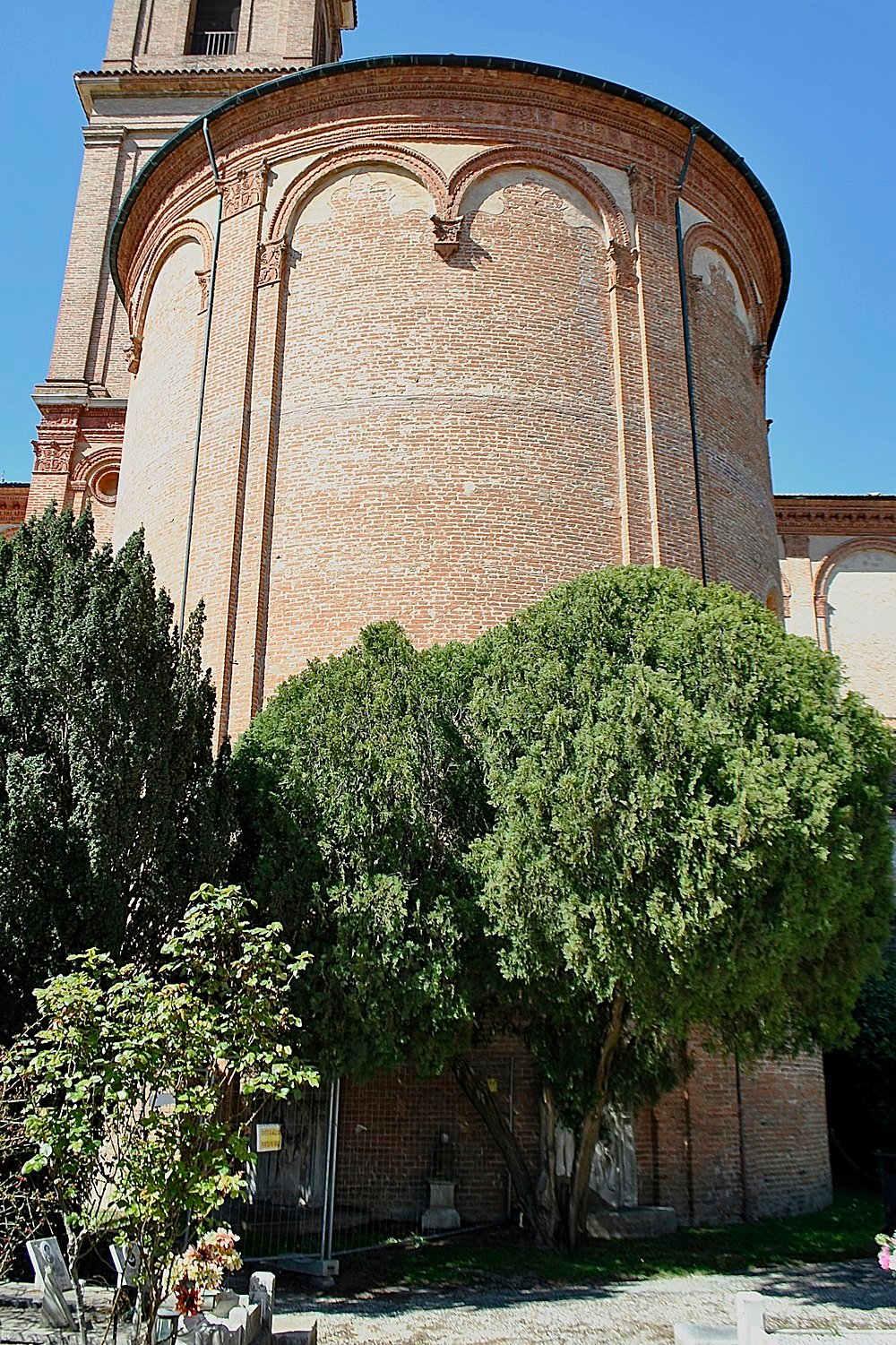
The Chiesa di San Cristoforo alla Certosa and its gardens make up part of the grand cemetery complex in the northern portion of Ferrara, and they are a striking place to explore. There is a sizable semi-circular colonnade in front of the church that is surrounded by well-kept gardens and trees. Once you pass the gardens, you will come to the church’s unfinished front, whose simple stone walls are begging for embellishment. The inside is opulent and richly decorated with a series of intricate reliefs and frescos painted by regional Ferrarese artists like Carracci and Filippi, in contrast to the exterior’s plain and unfinished appearance. Along with the cathedral, it’s interesting to stroll through the cemetery’s grounds.
Ferrara’s City Walls
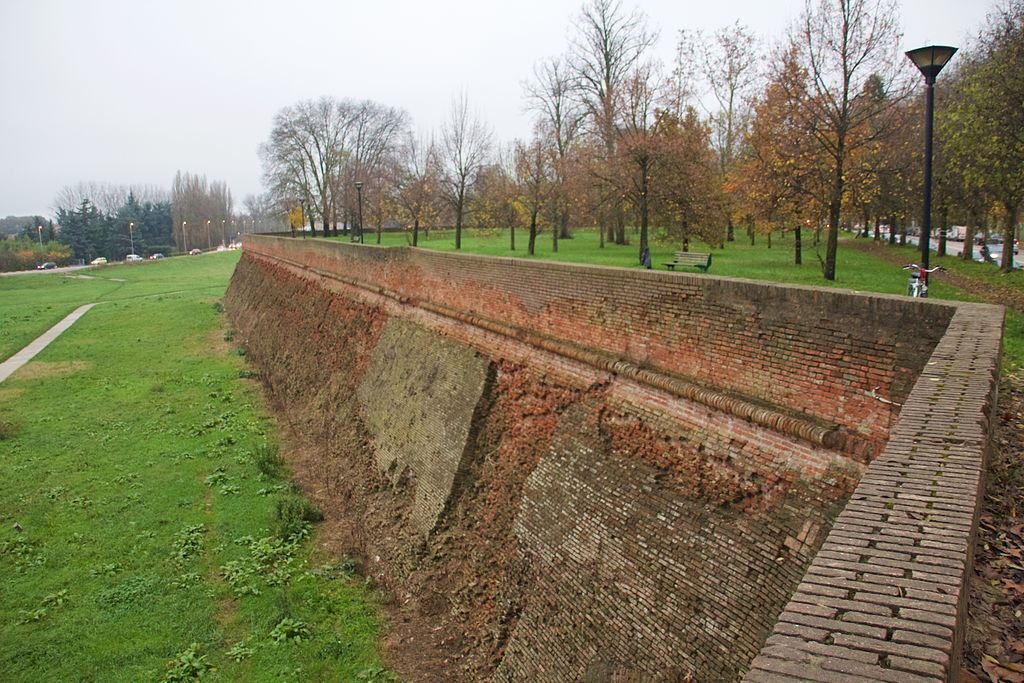
Like many Renaissance defensive walls, Ferrara was originally encompassed by majestic brick and stone walls that extended around the entire city. These walls had a star pattern with multiple pointed junctions. The ancient city walls are still in place in large parts today, and this defensive system is regarded as one of the best maintained in all of Europe. The city’s southern side along Via Quartieri and its western side along Via Gramicia both have noteworthy portions of the city wall. There is a well-kept footpath that is almost around the entire city walls; if you so desired, you could walk the entire 8–10 km length of it.
Enjoy a fine and authentic meal at the L’antico Giardino restaurant

The L’Antico Giardino restaurant is unquestionably the place to go if you’re searching for a charming but out-of-the-way spot to eat. This charming restaurant, which is located in the little village of Ravalli, 10 minutes to the west of Ferrara, provides an excellent dining experience at a fair price. The menu offers a great selection of appetisers and first courses, including carbonara and pumpkin flan, as well as a number of meat dishes, including deer with red cranberry jam and rabbit fillet with mushroom cream. Here, you can savour a delicious lunch in the opulent and regal setting of the Ancient Garden.
The Ferrara Botanical Gardens
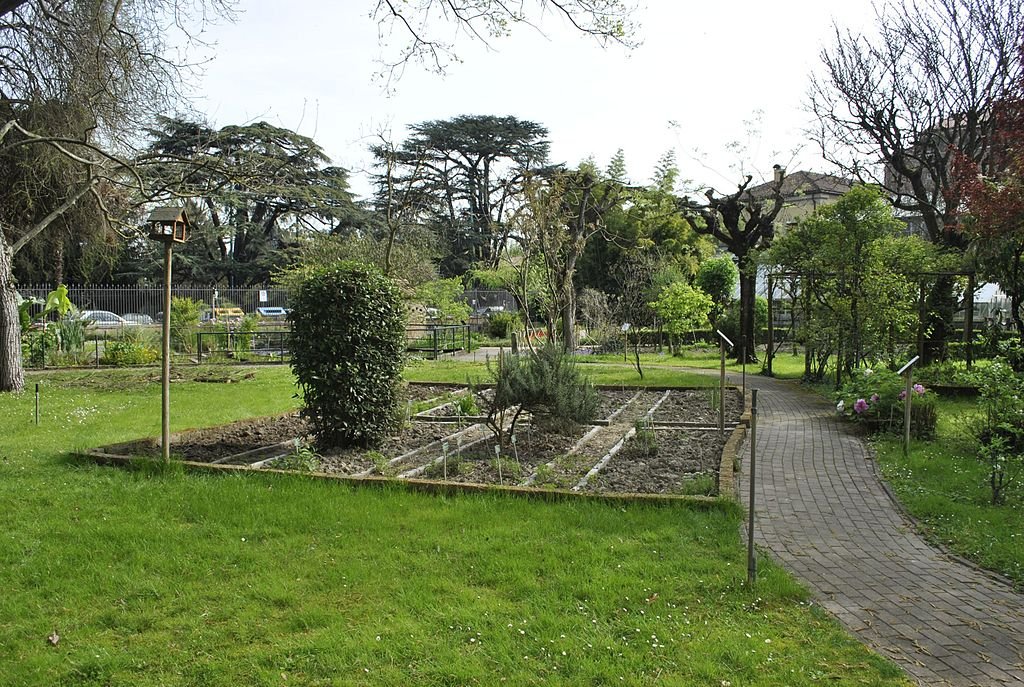
The Ferrara Botanical Garden is one of several institutions that run and maintain botanical gardens for research and study as well as for tourism. The gardens are a wonderful area to explore and are carefully maintained by university staff. They are situated across from the Palazzo dei Diamanti and the Parco Massari. More than 1300 greenhouse species and 700 outdoor species of different plants, trees, and flora are housed inside the gardens’ grounds. You can explore regions devoted to exotic plants, medicinal plants, and themed areas like a Japanese garden and a rock garden. The area is divided into many divisions.
Take a boat trip on the River Po
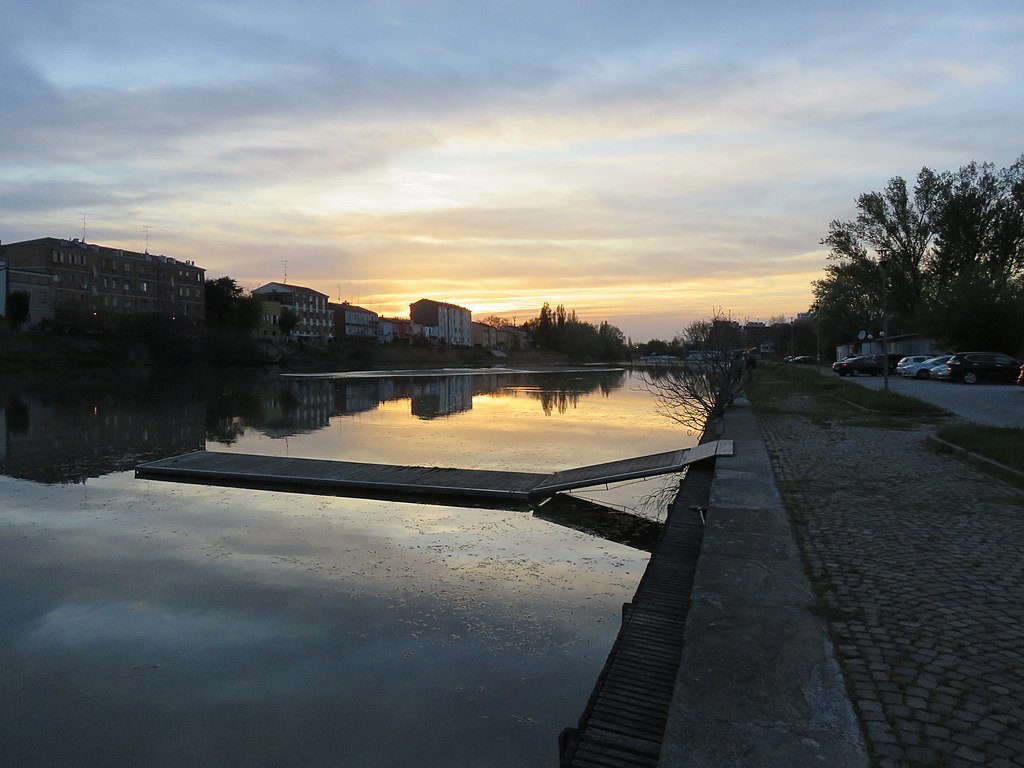
Italy’s longest river, the powerful River Po, empties into the Adriatic Sea south of Venice. Ferrara and the River Po are connected by a man-made canal, and a boat ride via the interior channels can be taken to reach the river. The tours depart from a boat port at the southern border of Ferrara; from there, you will travel up the canal, through the railroad bridge, and then turn onto the main body of water, which extends for about 5 km until opening up onto the River Po. A boat ride is a wonderful way to relax, take in the beautiful scenery surrounding Ferrara, and view the city from a fresh perspective.


